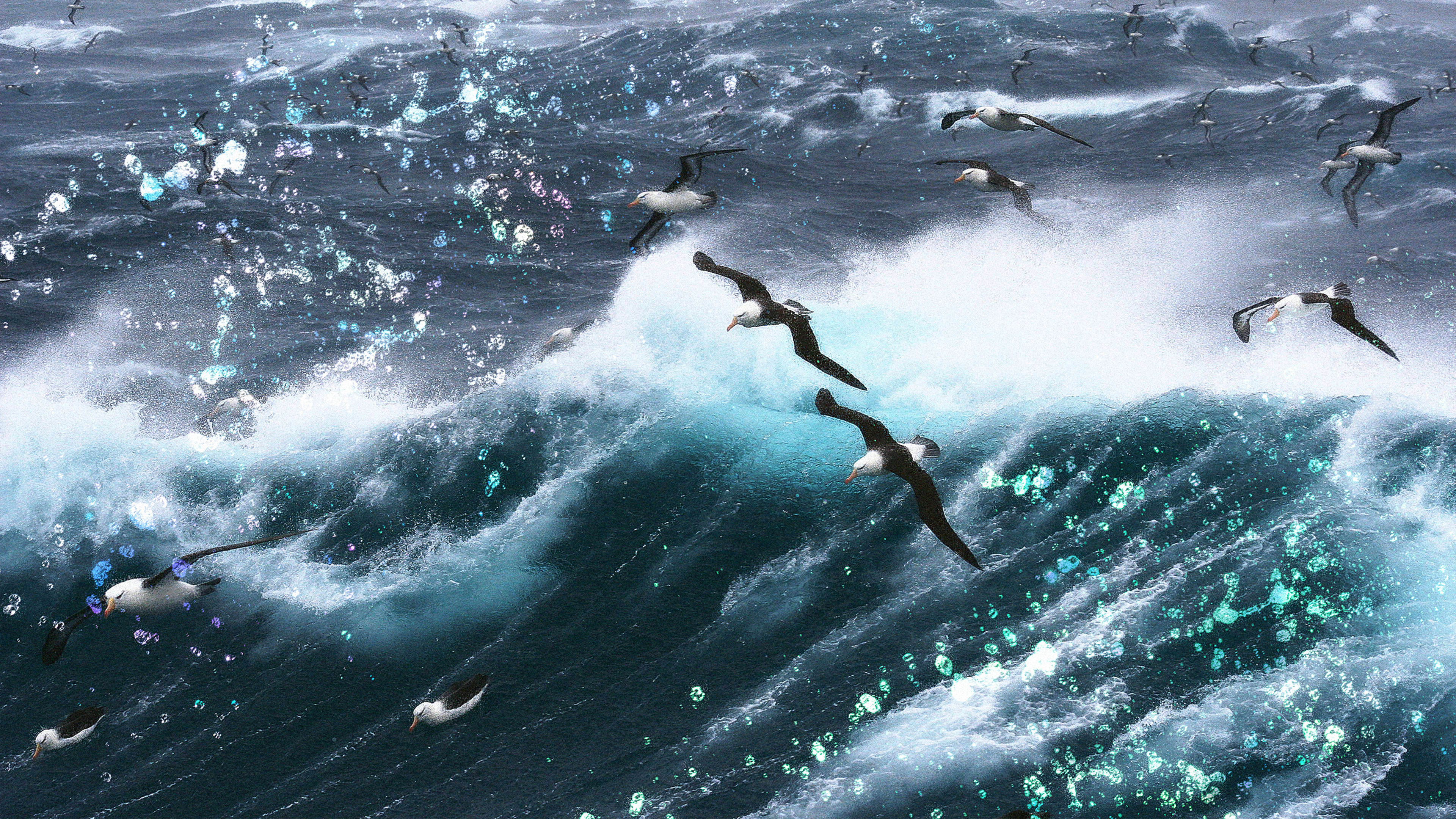New research found that ocean spray spreads PFAS into the air and onto land, creating a vicious cycle of forever chemicals that never disappear.

[Photo: Fer Nando/Unsplash]
PFAS, or forever chemicals, are ubiquitous in our environment. In the U.S. alone, there are more than 57,000 sites contaminated with these chemicals. They’re in our drinking water, our soil, our products—and our ocean. And according to new research, when waves crash onto shores around the world, they spray hundreds of thousands of PFAS particles into the air, creating a cycle in which these chemicals go from land to sea and back again.
PFAS (per- and polyfluoroalkyl substances) are a class of synthetic chemicals largely used to make products stain-, grease-, and water-resistant. They’ve been dubbed “forever chemicals” because they don’t easily break down and so stay in our environments for thousands of years. They’re linked to harmful effects to health, including cancer, decreased fertility, developmental delays, and more.
When forever chemicals contaminate land, they get into waterways and eventually into the ocean. Scientists used to think that once there, the particles would sink and dilute in the ocean depths. But researchers have found that isn’t true. Instead, a recent study from Stockholm University, published in Science Advances, details a boomerang effect in which sea spray spreads forever chemicals back into the air and onto land.
“It’s a concerning cycle from land to the sea and back to land,” said Ian Cousins, the study’s lead author and an environmental science professor at Stockholm University, over email. “The PFAS were emitted on land and then washed into the sea. They then cycle back to land with sea spray aerosols, and so the cycle continues. It puts a new dimension to the term ‘forever chemicals.’”